The next destination: Passive design airports
BD+C
APRIL 18, 2024
The next destination: Passive design airports 0 qpurcell Thu, 04/18/2024 - 13:59 Airports Today, we can design airports that are climate resilient, durable, long-lasting, and healthy for occupants—we can design airports using Passive House standards. On the path to passive The airport itself is becoming more sustainable.


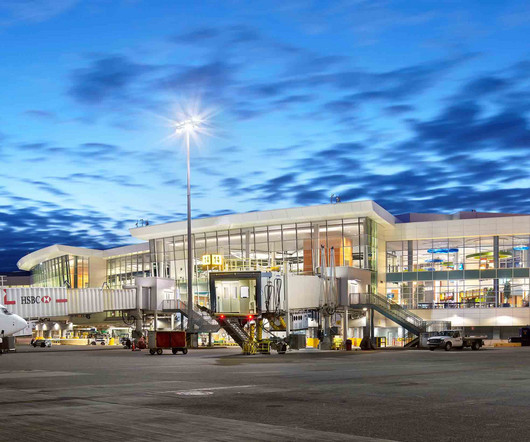




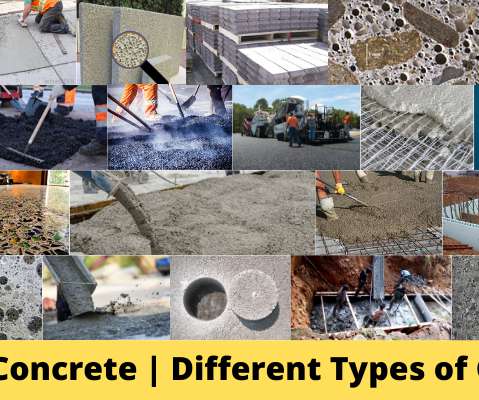









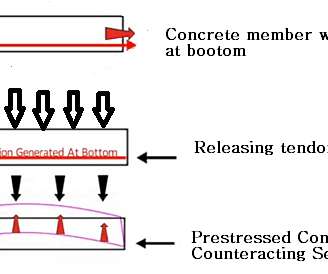
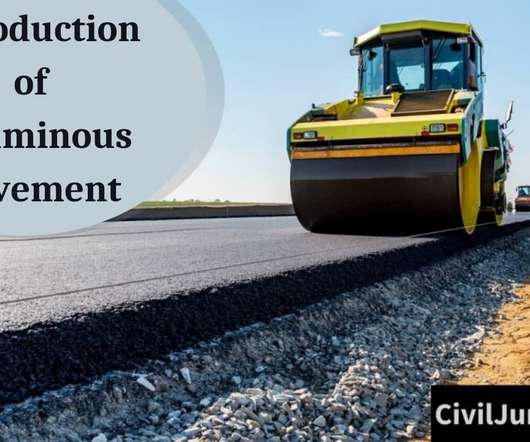












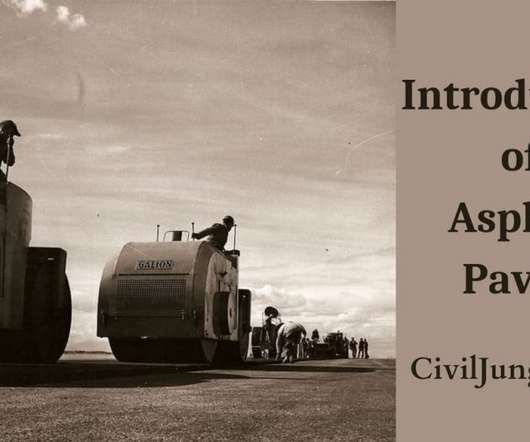










Let's personalize your content